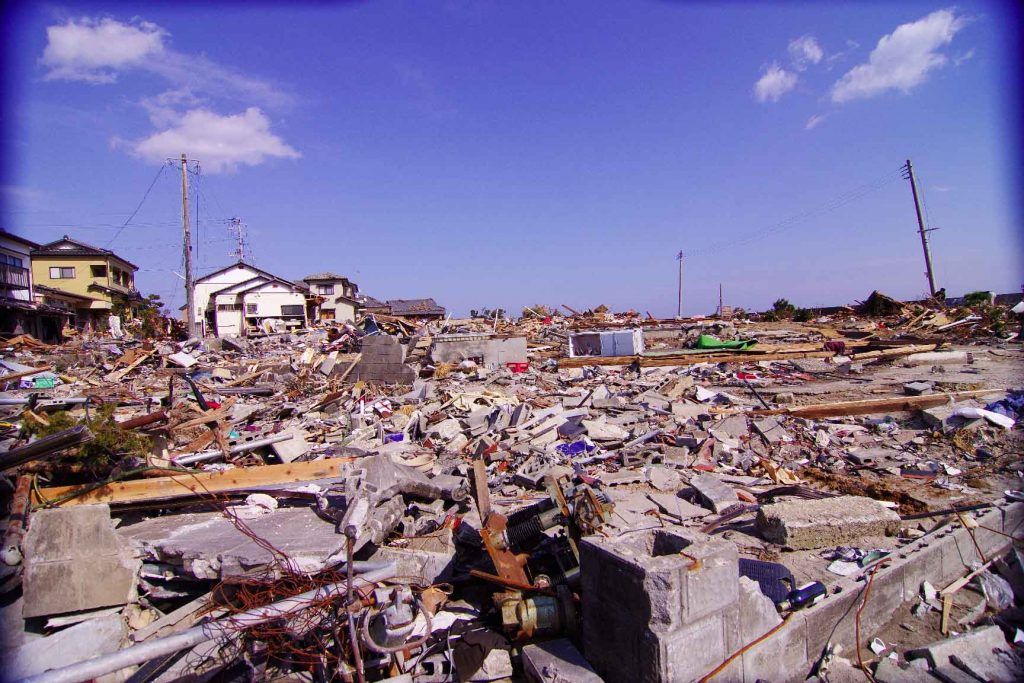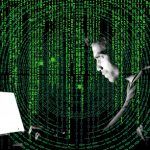Asking the unasked questions
By Matthew Bunn | March 11, 2021
 The aftermath of the 2011 tsunami in Fukushima, Japan. Credit: ryuki_a_g. CC BY 2.1. JP.
The aftermath of the 2011 tsunami in Fukushima, Japan. Credit: ryuki_a_g. CC BY 2.1. JP.
Editor’s note: This article is part of a collection of expert commentary on nuclear safety published on the tenth anniversary of the Fukushima disaster, produced in a collaboration between the Project on Managing the Atom at Harvard Kennedy School and the Bulletin.
Ten years after the Fukushima Daiichi nuclear disaster, the suffering of many tens of thousands of people lingers—as does the slowdown in global nuclear energy growth that followed the meltdowns. The broad impact of the disaster prompts us to ask not only how it happened, but how the world community can best prevent such disasters in the future.
The disaster, at one level, was the product of an extraordinary natural one-two punch, a huge earthquake followed by an enormous tsunami. But it was also an accident “made in Japan,” as the Parliamentary investigation found. It was the product of grossly inadequate preparation for such events—driven by a deep belief among both operators and regulators that nuclear plants were almost “absolutely safe.”
Yet on the Fukushima coast, far up the hillsides, there are “tsunami stones,” marking how far a devastating wave surged inland a thousand years ago. The carvings on them warn: Do not build your home below here. Unfortunately, many ignored the warning—including Tokyo Electric Power, owners of the Fukushima Daiichi plant, along with Japanese regulators.
But the Japanese are not alone. In the aftermath of almost every technological disaster, reviews find that there were clear warnings before it occurred, but not enough was done to head off catastrophe. The burning question is how nuclear organizations and others operating potentially dangerous technologies can make sure they are alert to such warnings, remaining vigilant and constantly questioning their assumptions. Are we sure there won’t be a tsunami higher than the seawall? Are we sure terrorists won’t have that type of weapon? Are we sure no one could figure out how to drain the water from this densely packed spent fuel pool? Are we sure there couldn’t be a flood at this location too high for the plant to handle?
What happens if we’re wrong?
This comes down in substantial part to organizational culture. Maintaining strong safety cultures and strong security cultures at nuclear facilities is critical—and difficult. Convincing people to be constantly on the lookout for things that almost never happen is a major challenge. Operators and regulators have learned a lot about strengthening safety and security culture over the years, and there is more to be done to share experience and good practices. The goal should be to bring everyone up to the level of the world’s best performers.
The world faces devasting threats from climate change. Nuclear energy is one option for non-intermittent, low-carbon energy. But nuclear energy can only get the government, utility, and public support it needs to grow on the scale necessary for it to play a significant part in global decarbonization if it is widely seen as safe and secure. Hence, high standards of nuclear safety and security should be seen as essential enablers of the future of nuclear power. That is one of the key lessons from the devastation from Fukushima Daiichi.
Read more expert commentaries in this collection »
Together, we make the world safer.
The Bulletin elevates expert voices above the noise. But as an independent nonprofit organization, our operations depend on the support of readers like you. Help us continue to deliver quality journalism that holds leaders accountable. Your support of our work at any level is important. In return, we promise our coverage will be understandable, influential, vigilant, solution-oriented, and fair-minded. Together we can make a difference.
Keywords: Fukushima, fukushima10, nuclear accidents, nuclear power
Topics: Uncategorized














